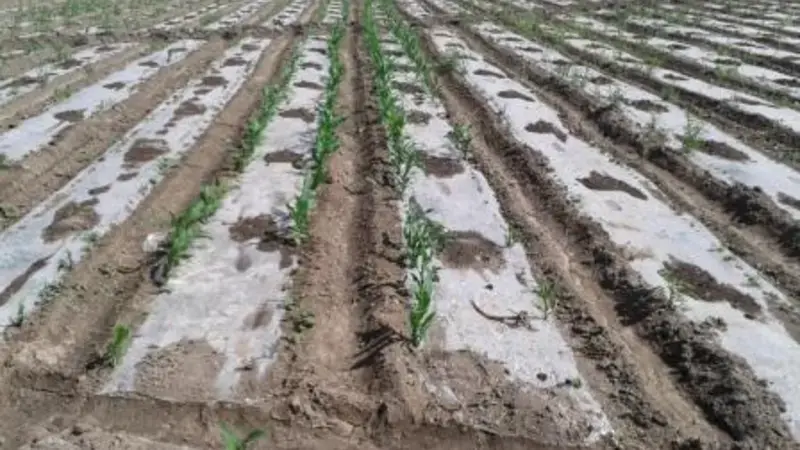The potential of raised-bed planting in Central Asia

Raised bed planting – making furrows in fields and planting seeds at the top of these furrows – is a proven farming practice that offers the promise of water savings and increased yields. It provides an alternative to some traditional practices which may use soil and water resources inefficiently, leading to land degradation and the depletion of water sources.
The practice is now being promoted in Kyrgyzstan as part of an ICARDA-managed initiative to disseminate promising and sustainable land and water management technologies and practices across five central Asian countries. Demonstrated to farmers, scientists, and agronomists, raised-bed planting is seen as a potential means of raising the productivity of strategic crops, including maize and tomatoes – important in a country where a lack of knowledge is seriously hampering efforts to raise agricultural production
The field workshop demonstrated the benefits of raised-bed planting in comparison to the conventional sowing of tomato and maize. Plastic mulching was also introduced, allowing early sowing due to temperature preservation and improved soil moisture, optimum conditions for growth, early development, increasing yields and higher producer incomes.
Also demonstrated was a seeder manufactured in China that can simultaneously sow, apply fertilizer and cover soil with polyethylene film. The new technologies were well-received by participating farmers who requested further opportunities to explore the interventions being promoted.
More information on efforts to promote sustainable land and water management can be explored at the website of the Central Asia Countries Initiative on Land Management (CACILM): www.cacilm.org
